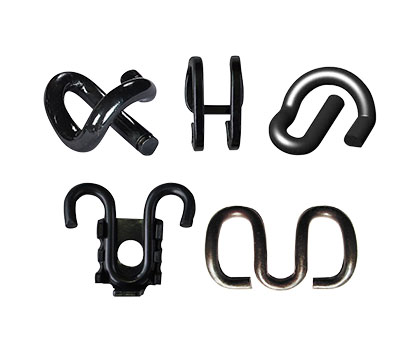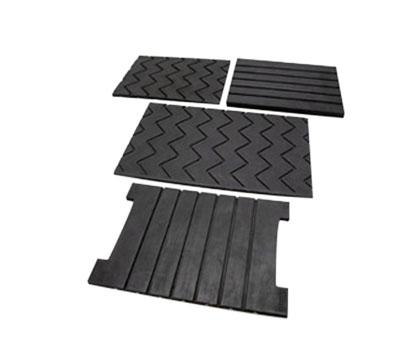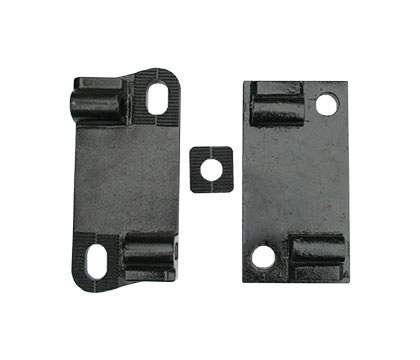Railroad spikes, also known as railway spikes, are an important component of railroad infrastructure. They are used to secure rails to the underlying crossties, which in turn are attached to the ballast bed. Without these spikes, the rails would shift and become unstable, causing accidents and derailments.
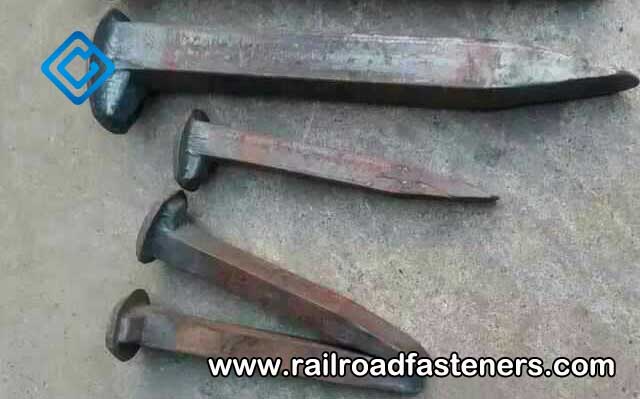
There are several types of railroad spikes, each with its own unique features and advantages. In this post, we'll take a closer look at the different types of railroad spikes and their uses.
Cut spikes
Cut spikes are the most common type of railroad spike. They are made from high carbon steel and have a tapered, wedge-shaped body with a pointed tip. Cut spikes are hammered into the rail tie with the pointed end down, and the tapered end up. The head of the spike is then struck with a sledgehammer to hold the rail securely in place.
Cut spikes are relatively easy to install and are less expensive than other types of spikes. However, they are not as durable and tend to loosen over time due to vibrations caused by passing trains.
Drive spikes
Drive spikes, also known as screw spikes, are similar to cut spikes but have a helical thread that runs along the body of the spike. This thread provides additional holding power and helps to prevent the spike from working loose over time. Drive spikes are typically used in high-traffic areas where there is a lot of vibration and movement.
Installing drive spikes requires a special machine, known as a spike driver, which drives the spike into the tie and twists it in place. The use of this machine makes it possible to install drive spikes quickly and efficiently, even in large quantities.
Dog spikes
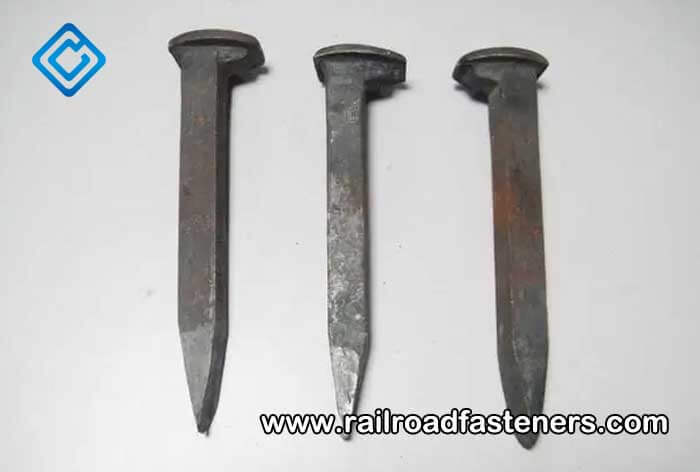
Dog spikes, also known as heel spikes, are similar to cut spikes but have a wider head and a longer shank. They are typically used to secure rails to wooden ties, which have a tendency to split or crack. The wider head of the dog spike helps to distribute the weight of the rail over a larger area, reducing the risk of damage to the tie.
Dog spikes are less expensive than drive spikes and are easier to install. However, they are not as effective in high-traffic areas and tend to work loose over time.
Screw spikes
Screw spikes are similar to drive spikes but have a larger, more prominent thread. This makes them ideal for use in areas where there is a lot of vibration and movement. Screw spikes are typically used in conjunction with special plates, known as base plates, which are used to distribute the weight of the rail over a larger area.
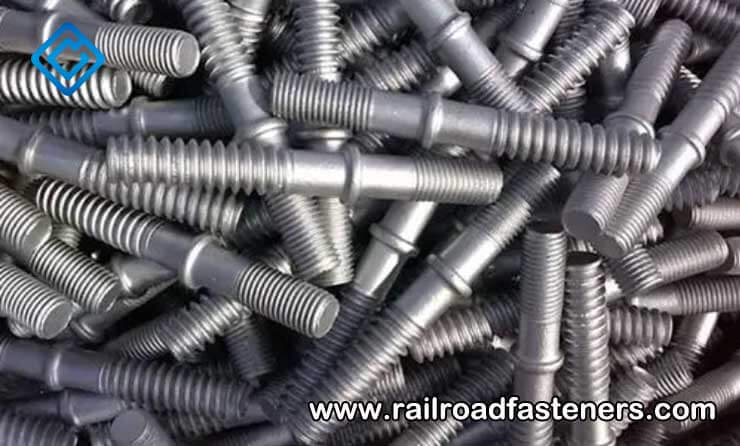
Installing screw spikes requires a special machine, known as a spike driver, which drives the spike into the tie and twists it in place. The use of this machine makes it possible to install screw spikes quickly and efficiently, even in large quantities.
Elastic spikes
Elastic spikes, also known as resilient spikes, are a relatively new type of railroad spike. They are made from a composite material, such as fiberglass or nylon, and have a unique design that allows them to absorb vibrations and movements without becoming loose.
Elastic spikes are more expensive than traditional spikes but are much more durable and require less maintenance. They are typically used in high-traffic areas, such as bridges and tunnels, where there is a lot of vibration and movement.
In conclusion, there are several types of railroad spikes, each with its own unique features and advantages. Cut spikes are the most common and least expensive, while drive spikes, dog spikes, screw spikes, and elastic spikes are used in special circumstances where additional holding power, durability, or vibration resistance is required. Proper selection and installation of the right type of spike are essential for maintaining a safe and reliable railroad infrastructure.

